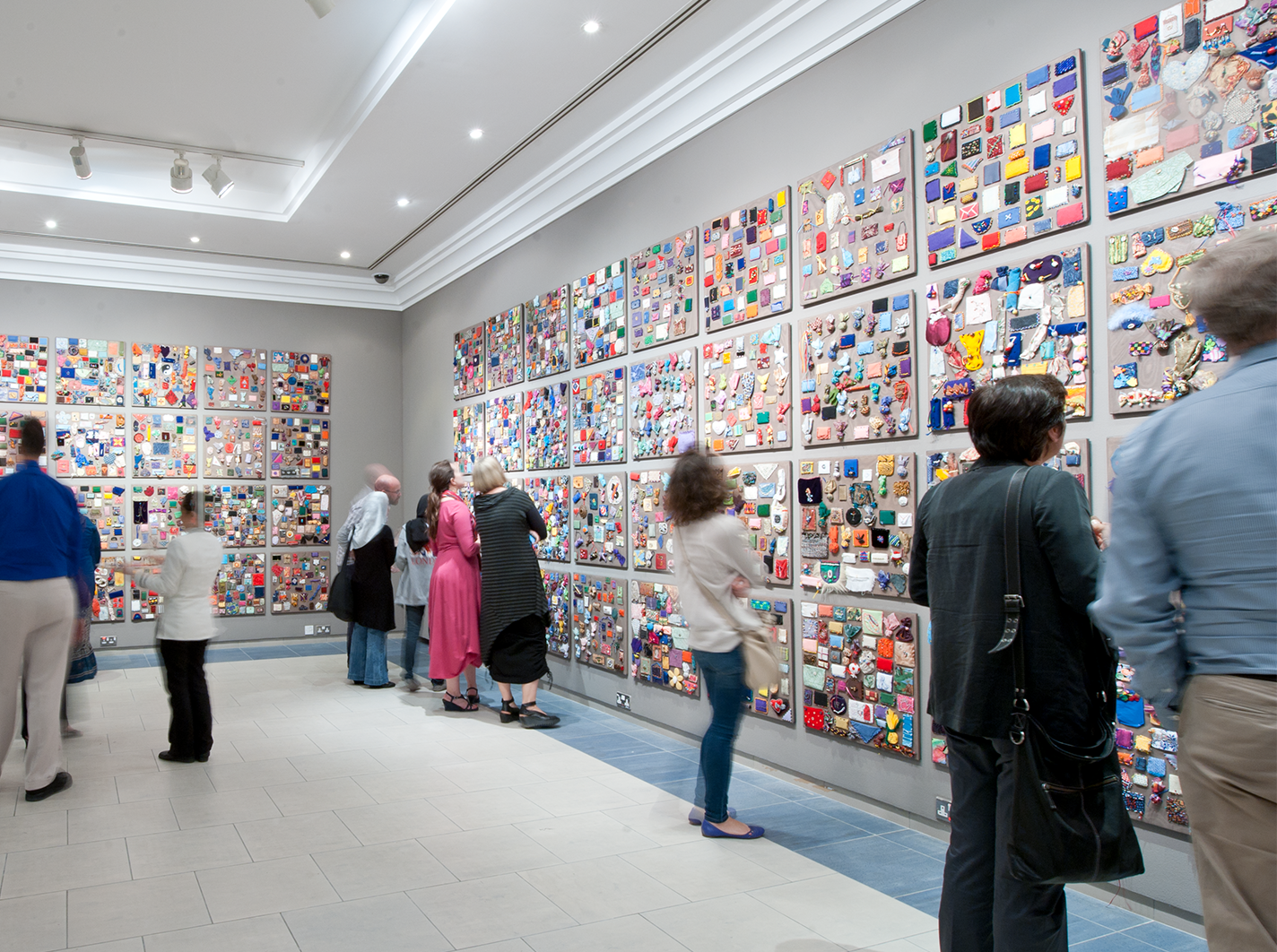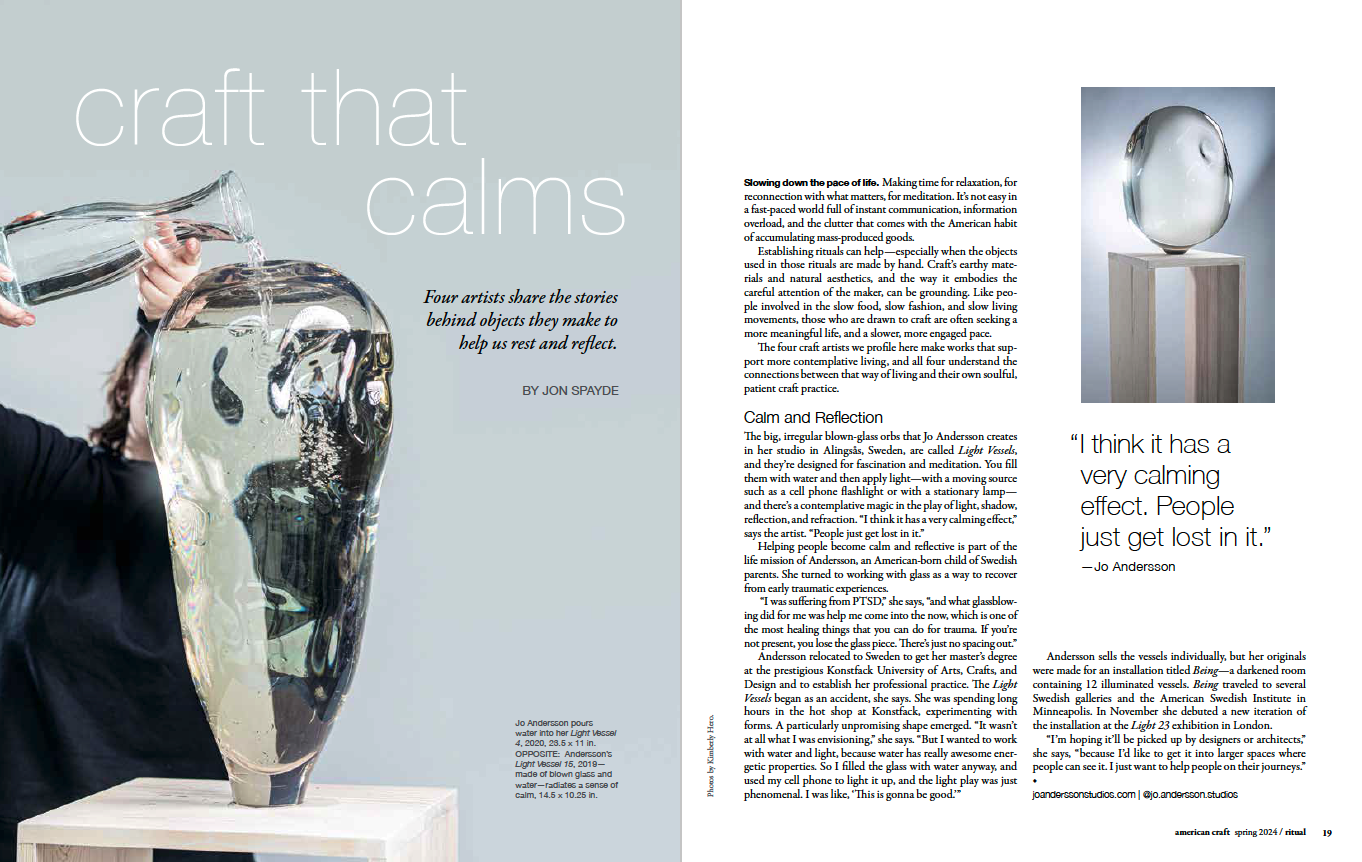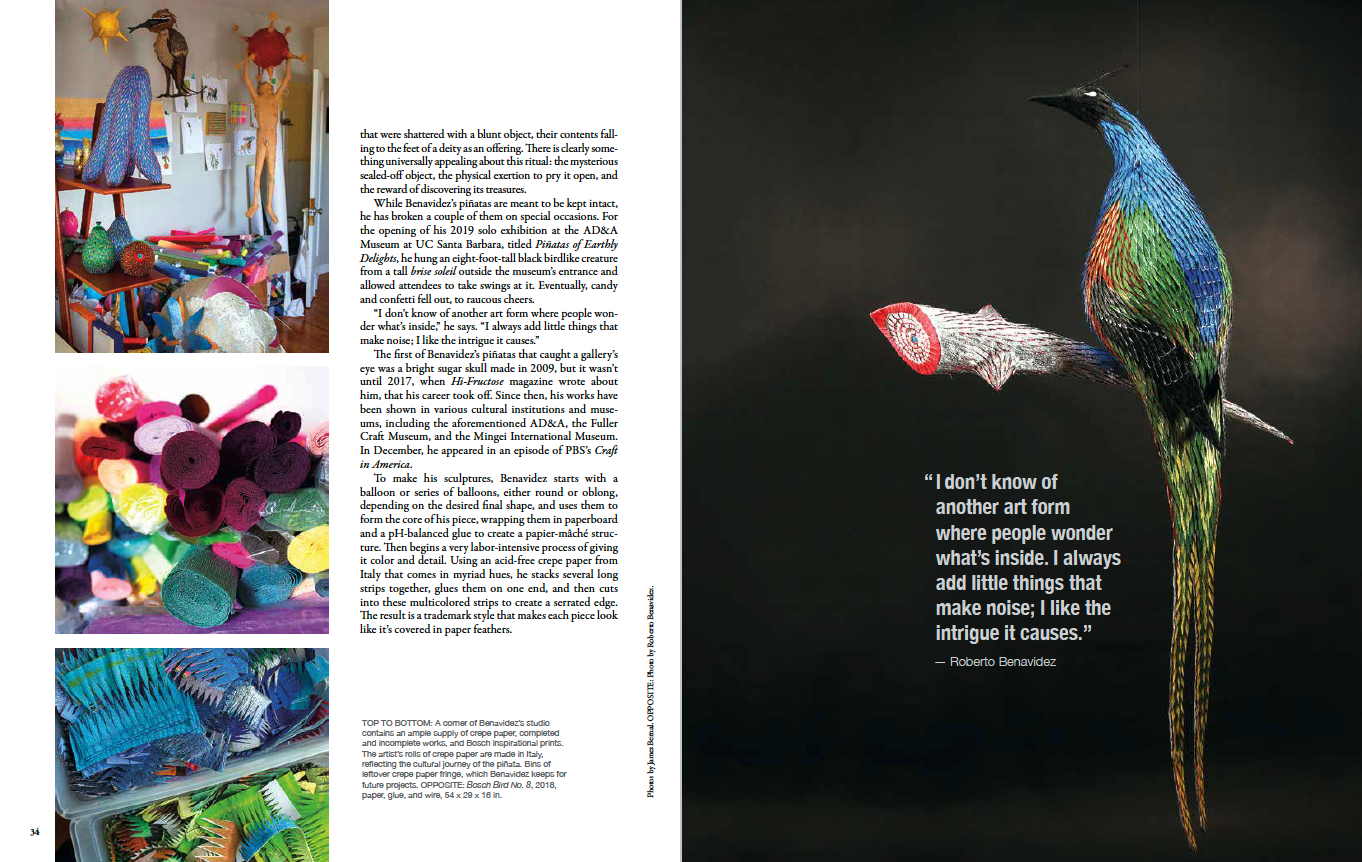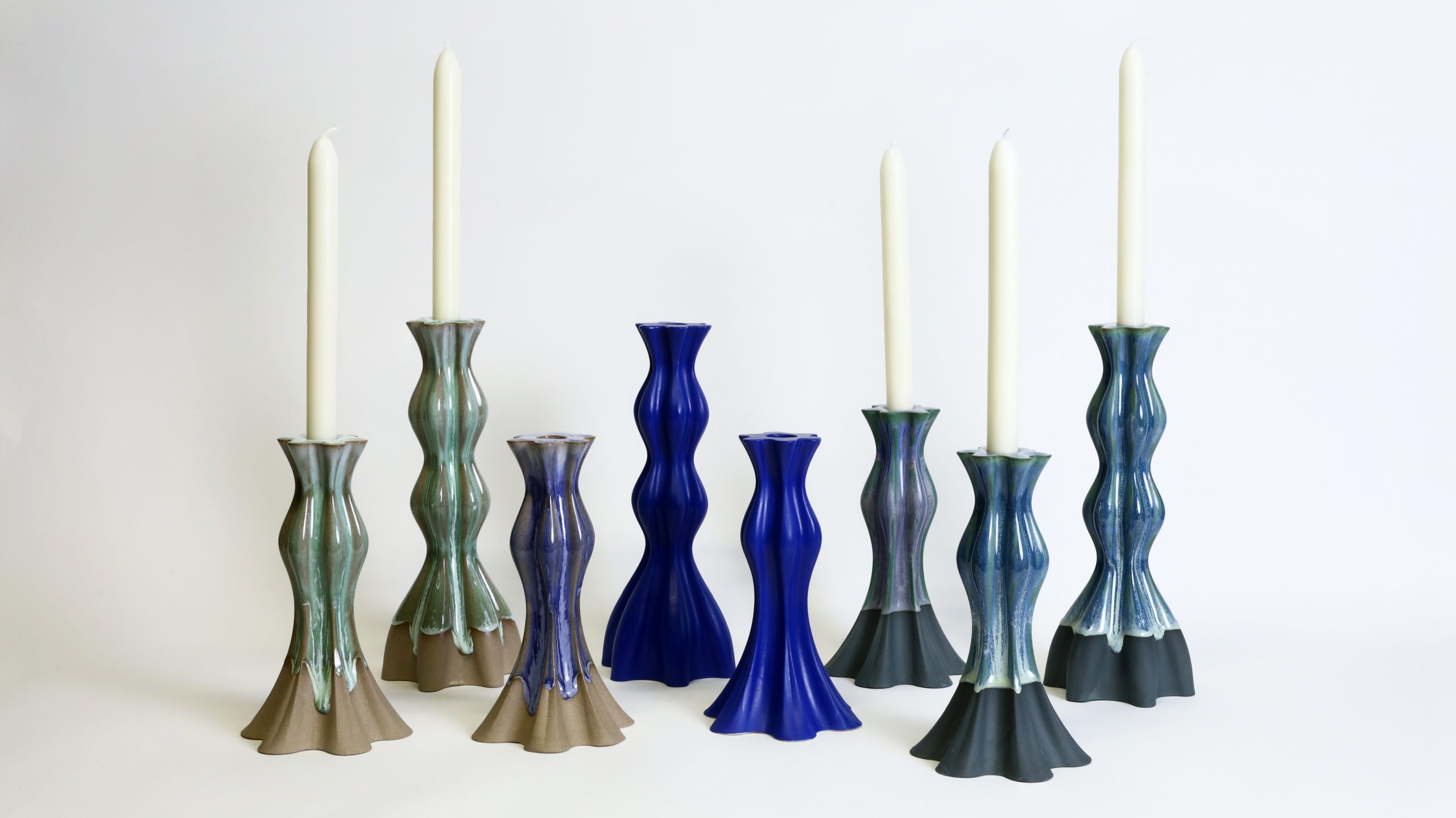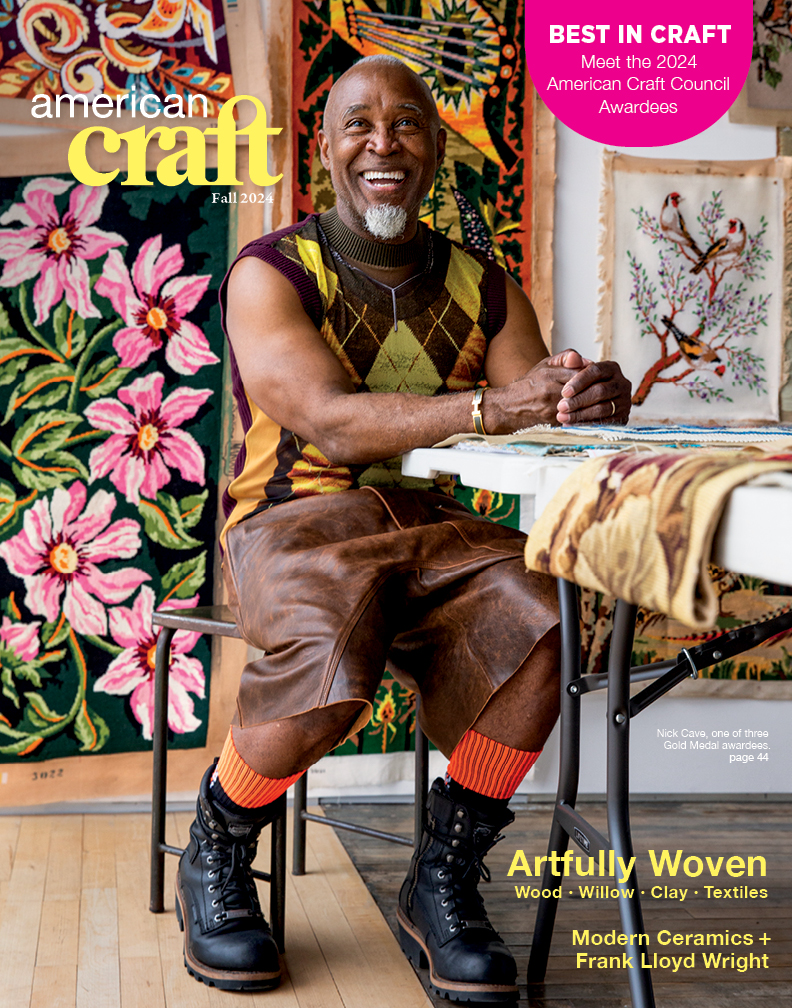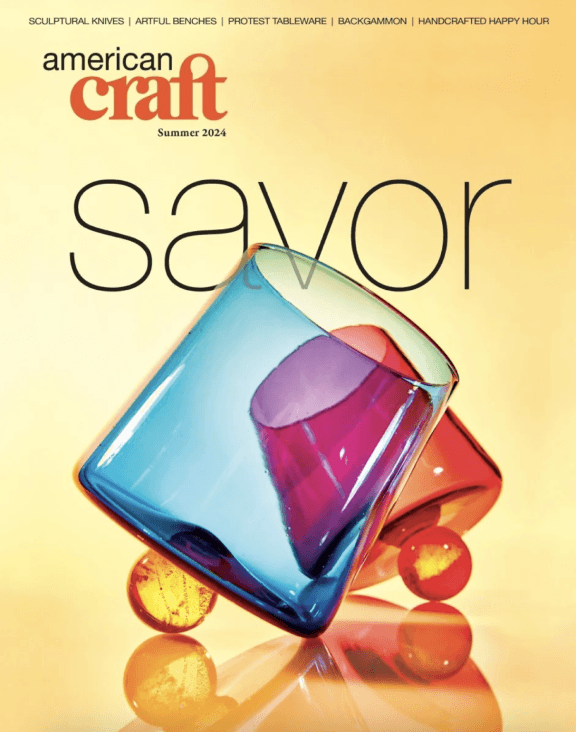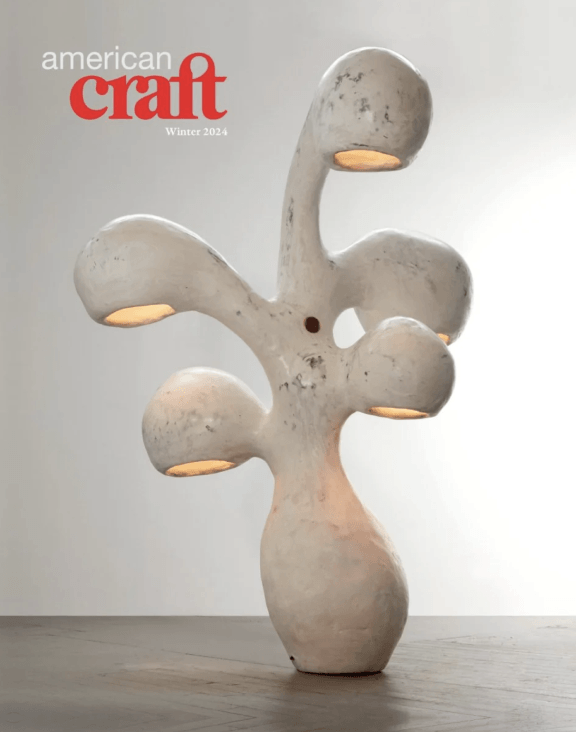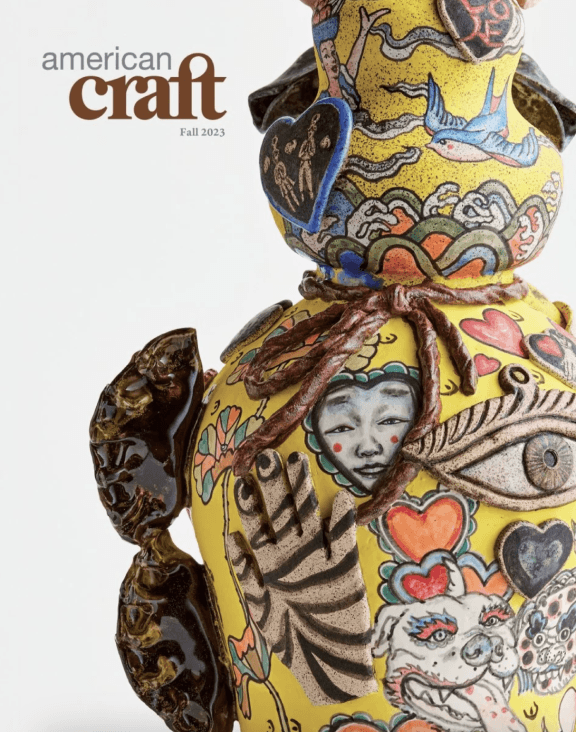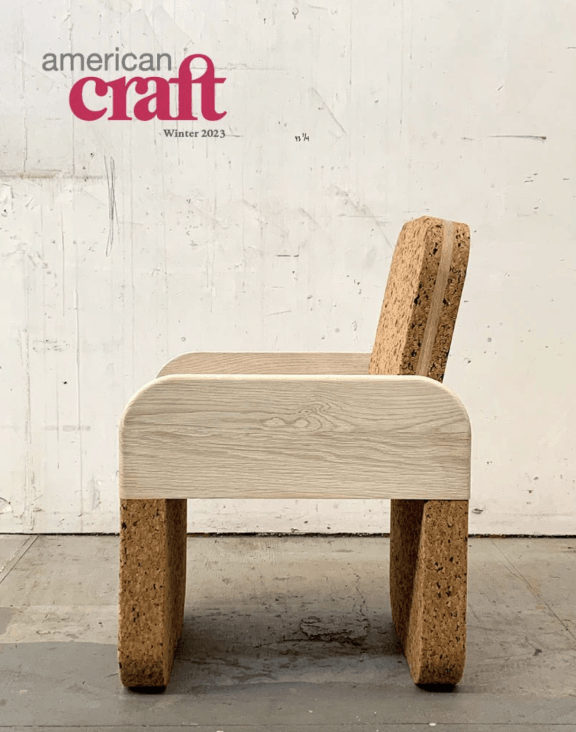Spring 2024
American Craft’s Spring 2024 issue is focused on the theme ritual.
Craft and ritual go hand in hand. In all cultures, people create items to help celebrate and mourn, to tend to themselves, and to connect with others. To make this issue, we sought craft at the center of personal, cultural, and spiritual rituals. Here you’ll discover the kinds of objects artists make in order to help us reflect and relax, relate and heal; why nameplate jewelry is so important in Chicano/a culture; the role seder plates play in Jewish traditions; how a monastery is incorporating mentorship into a new center devoted to woodworking and pipe organ building; how the piñata form is being reimagined as high art; and the ways one artist explores spirituality through Egyptian and Islamic ceramic traditions.
We hope you discover new ways of thinking about craft and ritual in this issue, and that you’re inspired to look at their roles in your own life.
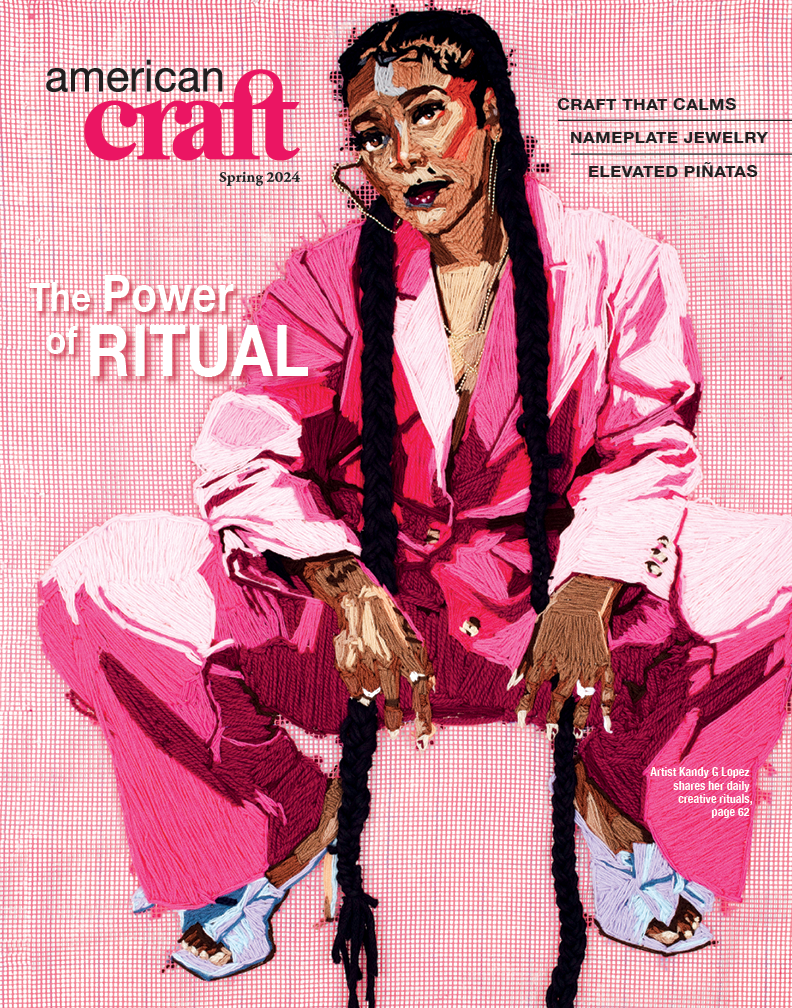
Inside this issue.
You are now entering a filterable feed of Articles.
12 articles
-
![]() Handcrafted LivingFree To Read
Handcrafted LivingFree To ReadMorning Practice
A multidisciplinary artist tells the story of a Oaxacan candle that’s part of a daily ritual.
Spring 2024
Object Stories -
![]() Points of View
Points of ViewVoyage to Resiliency
An artist reflects on the ritual practice of making and how craft supports our ability to relate—and heal.
Spring 2024
Essays -
![]() MakersFree To Read
MakersFree To ReadCraft That Calms
Four artists share the stories behind objects they make to help us rest and reflect.
Spring 2024
Features + ProfilesGoods -
![]() Points of ViewFree To Read
Points of ViewFree To ReadThis Is Who I Am
Chicana musician and fashion label founder LaLa Romero of Los Angeles on the power of nameplate jewelry.
Spring 2024
Essays -
![]() Makers
MakersRaising the Pinata
LA–based sculptor Roberto Benavidez makes extravagant piñatas based on artistic masterpieces that you wouldn't think of hitting with a stick.
Spring 2024
Features + Profiles -
![]() Handcrafted LivingFree To Read
Handcrafted LivingFree To ReadTelling the Story
A silversmith honors his memories of Passover by celebrating modern makers and their inspirational interpretations of the traditional seder plate.
Spring 2024
GoodsObject Stories -
![]() Handcrafted LivingFree To Read
Handcrafted LivingFree To ReadLight My Fire
Candlelight can change the atmosphere of a room, casting a glow on cherished objects, making evenings cozier, and softly illuminating the dinner table.
Spring 2024
Goods -
![]() Media HubFree To Read
Media HubFree To ReadNew Releases: Spring 2024
Michael Coffey: Sculptor and furniture Maker in Wood. Craft Across Continents: Contemporary Japanese and Western Objects: The Lassiter/Ferraro Collection. Greenwood Spoon Carving. Simone Leigh. In Pursuit of Color: From Fungi to Fossil Fuels: Uncovering the Origins of the World's Most Famous Dyes.
Spring 2024
Books -
![]() Media HubFree To Read
Media HubFree To ReadRemembering the “Craft-Ins”
The Crafty Librarian looks back at the first "Craft-In" in 1971.
Spring 2024
From the Archives
Subscribe now.
Get American Craft delivered to your home.
Subscribe by becoming a member and receive the magazine that celebrates the diversity of American craft and its makers, featuring articles of emerging and established artists throughout the United States.
-
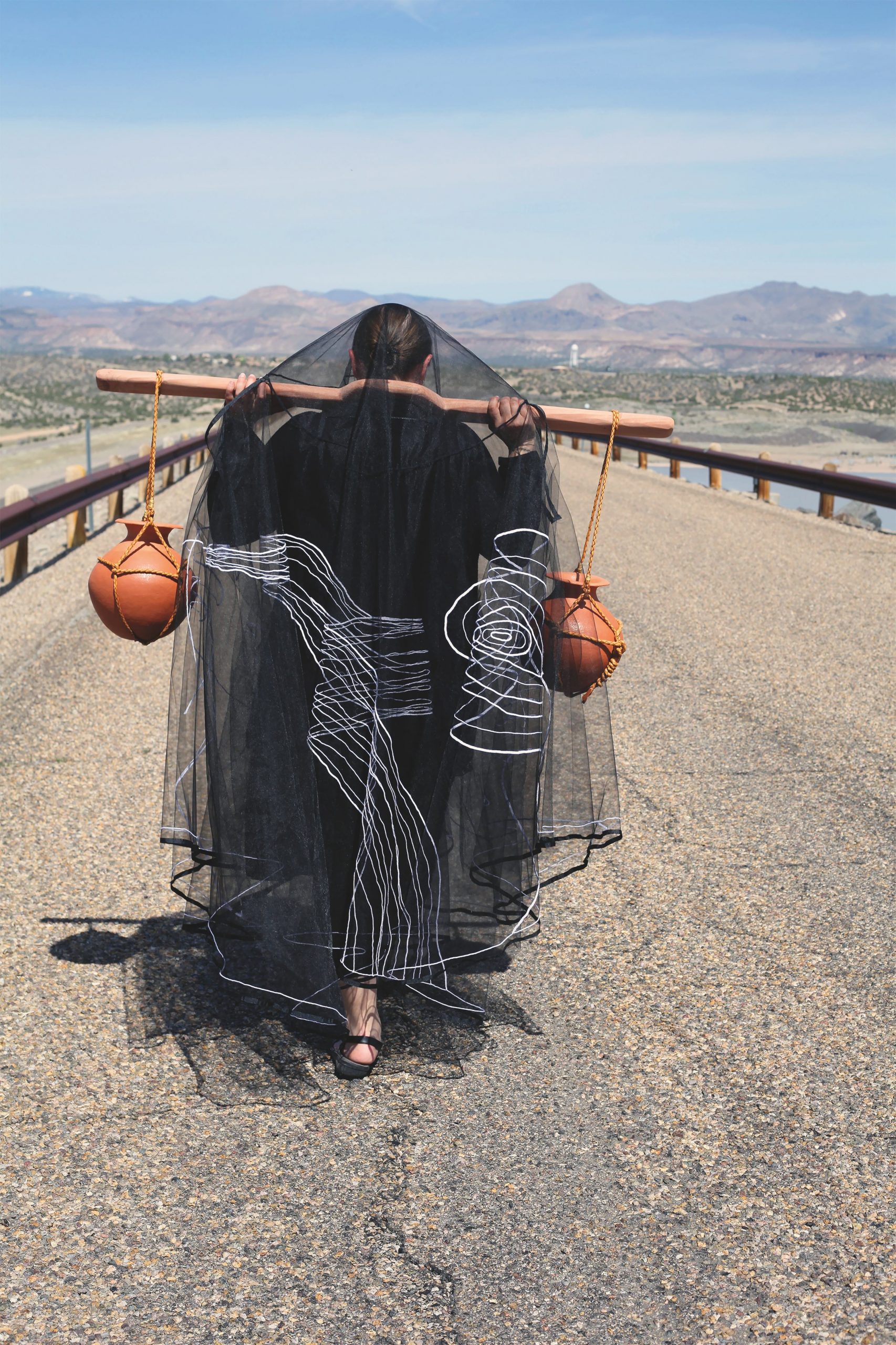 Photo by Fiona P. McDonald
Photo by Fiona P. McDonaldBREACH: Logbook 17 "Walking Cochiti Dam," a performative work with Anna Macleod, was part of Leonard's 2017 water rights residency with Santa Fe Art Institute.
-
 Photo by Kelley Schuyler
Photo by Kelley SchuylerMegan Winn holds a stack of her handbound journals, created using reclaimed leather, handmade cotton rag paper, and antique findings.
Craft Happenings
Explore craft events nation-wide.
Browse a timely, curated, and frequently updated list of must-see exhibitions, shows, and other events that is searchable by medium, city, and state.
